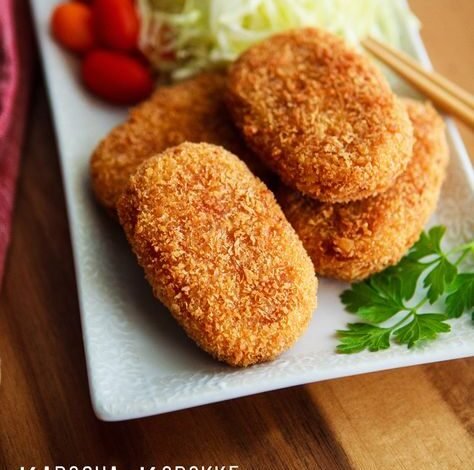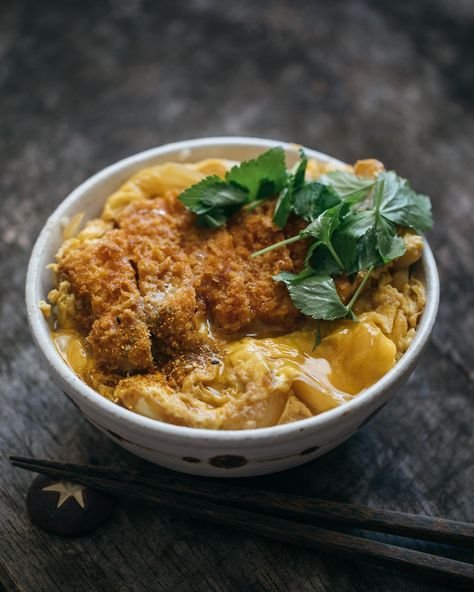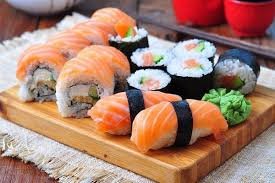Kanikama: Understanding the Versatility of this Popular Seafood

Kanikama, often referred to as imitation crab meat, is a popular seafood product made primarily from surimi, which is a paste derived from fish, typically pollock. The word “kanikama” itself is a blend of two Japanese words: “kani” meaning crab and “kama,” which means the leg or section of a fish. Despite the name, kanikama does not actually contain crab but is designed to mimic the texture and flavor of crab meat. It has become a staple in various cuisines, particularly in Japanese sushi and salads, due to its affordable price and versatility.
The origins of kanikama can be traced back to Japan in the 1970s, where the technique of creating surimi-based products gained popularity as a way to preserve and utilize fish meat. The process of creating imitation crab meat was developed as a more affordable alternative to actual crab, which was often expensive and difficult to source. Kanikama quickly gained popularity not only in Japan but around the world due to its accessibility and ease of use in various dishes.
Table of Contents
What is Kanikama Made Of?
Kanikama is made from surimi, a refined fish paste that has been flavored, shaped, and colored to resemble crab meat. The surimi paste is usually made from white-fleshed fish such as pollock, whiting, or other similar fish species. The process of making surimi involves deboning the fish, grinding it into a paste, washing it to remove excess fat, and then seasoning it with various ingredients to achieve the desired flavor and texture. Once the paste is prepared, it is often molded into shapes that resemble crab legs or other crab-like structures.
The coloring process involves the addition of natural food coloring to give kanikama its characteristic pink or reddish hue, which is typical of real crab meat. The paste is then wrapped in a thin layer of food-grade cellulose or sometimes simply shaped into sticks, mimicking the appearance of real crab meat. These kanikama sticks can be found in various forms, from whole imitation crab legs to shredded versions, and are used in a wide range of dishes.
How Is Kanikama Used in Cooking?

One of the reasons kanikama is so widely used is due to its versatility in cooking. It can be used in a variety of dishes, including sushi, salads, soups, and even as a snack. In Japanese cuisine, kanikama is often featured in maki rolls, where it is paired with other ingredients like avocado, cucumber, and sushi rice. Its mild flavor and texture make it a great addition to these types of rolls, providing an affordable yet flavorful substitute for real crab.
Apart from sushi, kanikama is also used in dishes such as kani salad, which typically includes shredded imitation crab meat, mixed greens, and a dressing made from mayonnaise, sesame oil, and other flavorings. In Western cuisine, it can be added to pasta dishes, wraps, or even served as a topping for pizzas. The mild taste of kanikama complements many ingredients, allowing it to be used in a variety of recipes.
Another common way to use kanikama is in soups and stews. It can be added to miso soup, hot pots, or other brothy dishes, providing a light and satisfying protein source. The texture of kanikama holds up well when cooked in liquids, making it a great addition to these types of dishes. Furthermore, kanikama can be used as a filling for dumplings or incorporated into sushi rolls as a substitute for traditional crab meat.
The Nutritional Value of Kanikama
While kanikama is often regarded as an imitation product, it still offers a decent nutritional profile, making it a healthy alternative to other meats or seafood. The primary ingredient, surimi, is a lean protein source that is low in fat and calories. This makes kanikama a suitable option for those looking to reduce their calorie intake or maintain a healthy diet.
Typically, kanikama is rich in protein, providing approximately 7-8 grams of protein per 100 grams serving. It also contains essential vitamins and minerals, such as vitamin B12, iodine, and selenium, which are important for maintaining overall health. However, kanikama can be high in sodium due to the additives used during its production process, so it is important to consume it in moderation, especially for individuals on a low-sodium diet.
Despite its benefits, kanikama does have some drawbacks. It is often highly processed, and the nutritional quality can vary depending on the brand and manufacturing process. Some varieties of kanikama may contain added sugars, preservatives, and artificial flavorings, which can detract from its overall nutritional value. Therefore, it is important to check the ingredient list when purchasing kanikama to ensure you are getting a high-quality product.
The Popularity of Kanikama Around the World

Although kanikama originated in Japan, its popularity has spread across the globe. In the United States, kanikama can be found in many grocery stores, particularly in the seafood section, and is commonly used in sushi restaurants. It is also a popular ingredient in Asian-American fusion dishes, where it is often paired with other seafood or incorporated into Western-style salads and sandwiches.
In addition to its culinary applications, kanikama has become a symbol of affordability and convenience in the seafood industry. Real crab can be expensive and difficult to source, but kanikama offers an affordable alternative that can mimic the taste and texture of crab without the high cost. This has made kanikama a go-to option for many home cooks and restaurants looking to offer seafood-based dishes at a more affordable price point.
Is Kanikama Sustainable?
Sustainability is a growing concern in the seafood industry, and many consumers are now looking for products that are ethically sourced and environmentally friendly. Kanikama is often seen as a more sustainable option compared to real crab because it is made from fish that are more abundant and can be harvested with fewer environmental impacts. Surimi production typically uses fish that are abundant and sustainable, such as pollock, which is harvested from well-managed fisheries.
However, the sustainability of kanikama can vary depending on the sourcing of the fish used in its production. To ensure you are purchasing a sustainable product, it is important to look for certifications from organizations such as the Marine Stewardship Council (MSC), which indicates that the fish used to make surimi is sustainably sourced. By choosing kanikama made from responsibly sourced fish, consumers can enjoy their favorite seafood dishes while supporting sustainable practices.
Also read Hunger Games Simulator: A Comprehensive Guide to Virtual Arena Action
Conclusion: Why Kanikama is a Versatile and Affordable Choice
In conclusion, kanikama is a versatile and affordable seafood product that has become a staple in many global cuisines. Made from surimi, kanikama mimics the texture and flavor of crab meat, making it an excellent substitute in dishes such as sushi, salads, and soups. It offers a reasonable source of protein and essential nutrients while being a more cost-effective and sustainable alternative to real crab. Whether you’re a professional chef or a home cook, kanikama provides an easy way to enjoy seafood without breaking the bank. As its popularity continues to grow, kanikama is sure to remain a go-to ingredient in kitchens around the world.





